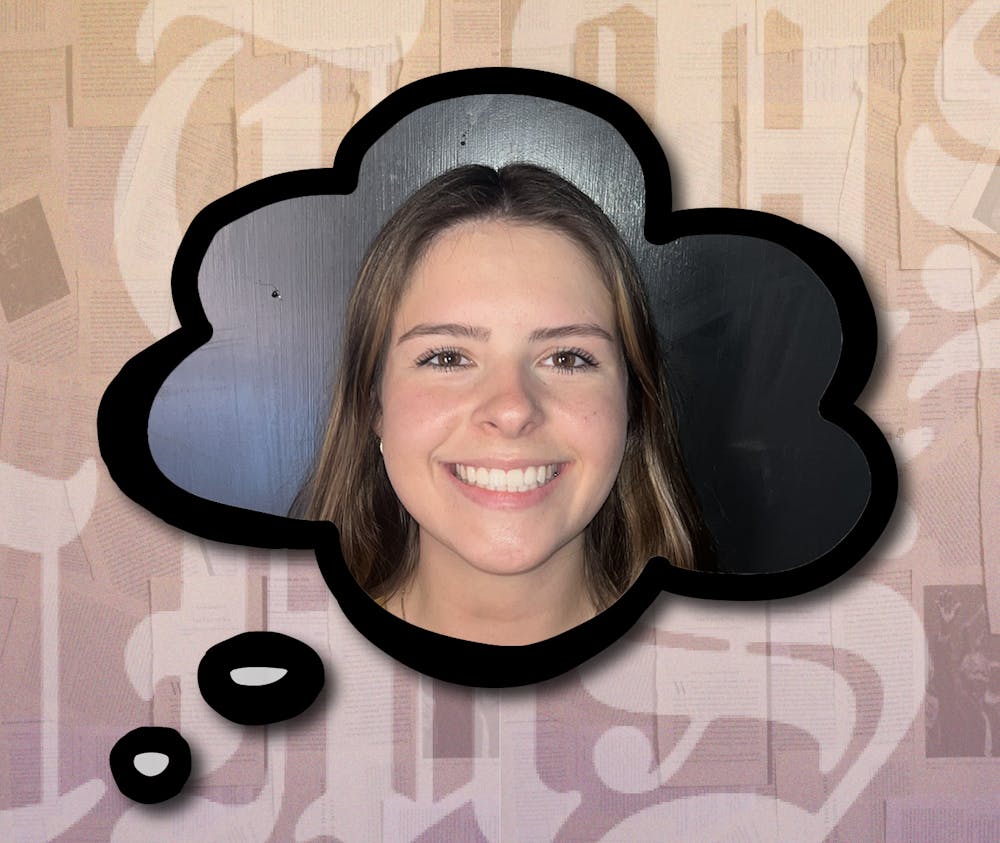In light of the recent gruesome and heartbreaking University of Idaho murders, I’ve thought a lot about our generation’s obsession with true crime.
Following the deaths of four University of Idaho students, several content creators took full advantage of the story. Numerous TikTok accounts proposed their timeline of events and their conjectures about who was responsible for the suffering of the four students.
Many conversations arose in my circle of friends over what had happened. Each one of us proposed a different storyline. Each one of us drew our own conclusions. The obsession that the internet, my friends and I had with this horrifying murder was obvious and chilling.
After the suspect was brought into police custody, the chaos and conjecture over the story died down. We gained closure, as if we had been a part of the story ourselves.
Why are we so passionate about true crime? Why are we so obsessed with the killer narrative?
In 2021, “Criminal Minds” was the most streamed show in the U.S. “Last Podcast on the Left,” a comedy podcast that focuses on true crime, averaged 2.5 million downloads per week in 2019. Finally, Netflix’s docuseries “Dahmer” garnered 701.37 million hours viewed less than a month after its release.
We consume entertainment that tells the story of a killer on a massive scale.
The reason for our obsession? We like to fear what we know we will never have to fear.
We watch these grotesque crimes and brutal murders from the comfort of our living rooms, underneath a pile of blankets that somehow safeguard us from the horror. We can sit there in terror but simultaneously be grateful that we will never be victims; we will never encounter our killers.
The problem with this mentality is that we are much closer to our killers than we might realize. Our true crime obsession is as real as the killers themselves.
We devour every detail of a murder, thirsty for blood and in-depth description. We know the murderer’s names, but we cannot name their victims. We know the killers’ motives, their methods and their mentalities.
Of course we would never commit these crimes, but there’s something voyeuristic about the way we consume a killer’s story. We can only engage from a distance, watching and waiting to see what unfolds.
Enjoy what you're reading?
Signup for our newsletter
In a way, it appears as though our lust for stories filled with blood and sadism is almost as passionate as the murderer’s own yearning to kill. We see serial killers and murderers on the fringes of society. We gawk at their horrific crimes. We say we could never do such a thing. Yet we want to know what it’s like with every minute detail included in the tragedy.
Last month, I began reading a true crime novel by Peter Vronsky called “Serial Killers: The Method and Madness of Monsters.” In the preface, Vronsky describes his reason for writing the novel. He tells the story of his two distinct interactions with two of the most infamous serial killers of all time: Andrei Chikatilo and Richard Cottingham, who murdered at least 52 and 17 people, respectively.
Vronsky ran into both killers by accident and didn’t know who they were at the time. While he eventually discovered who the two killers were following his interactions with them, he mentions how insignificant the two men had appeared to him.
The truth is that most killers are not geniuses, nor are they influential.
Most appear as normal people, ones we might brush past on the street without a second thought. They move like apparitions, there one moment and gone the next. Many have families and jobs. Others are people we might describe as odd or anti-social. But almost none of them are obviously killers from the first glance, even from the first conversation.
So we act like we’re untouchable. We consume every detail of a true crime narrative and still maintain an attitude of invincibility. Meanwhile, our killers commit their crimes invisibly in our own cities and communities. It seems we are much closer to them than we think. We engage in their sadistic and morbid crimes without committing them. We pass them on the street, and we do not know who they are.
As Vronsky explains it, “What makes me different from you [is] that I have uncovered the transparent monsters who had tramped across my path – my serial killers – while you perhaps have not uncovered yours.”




